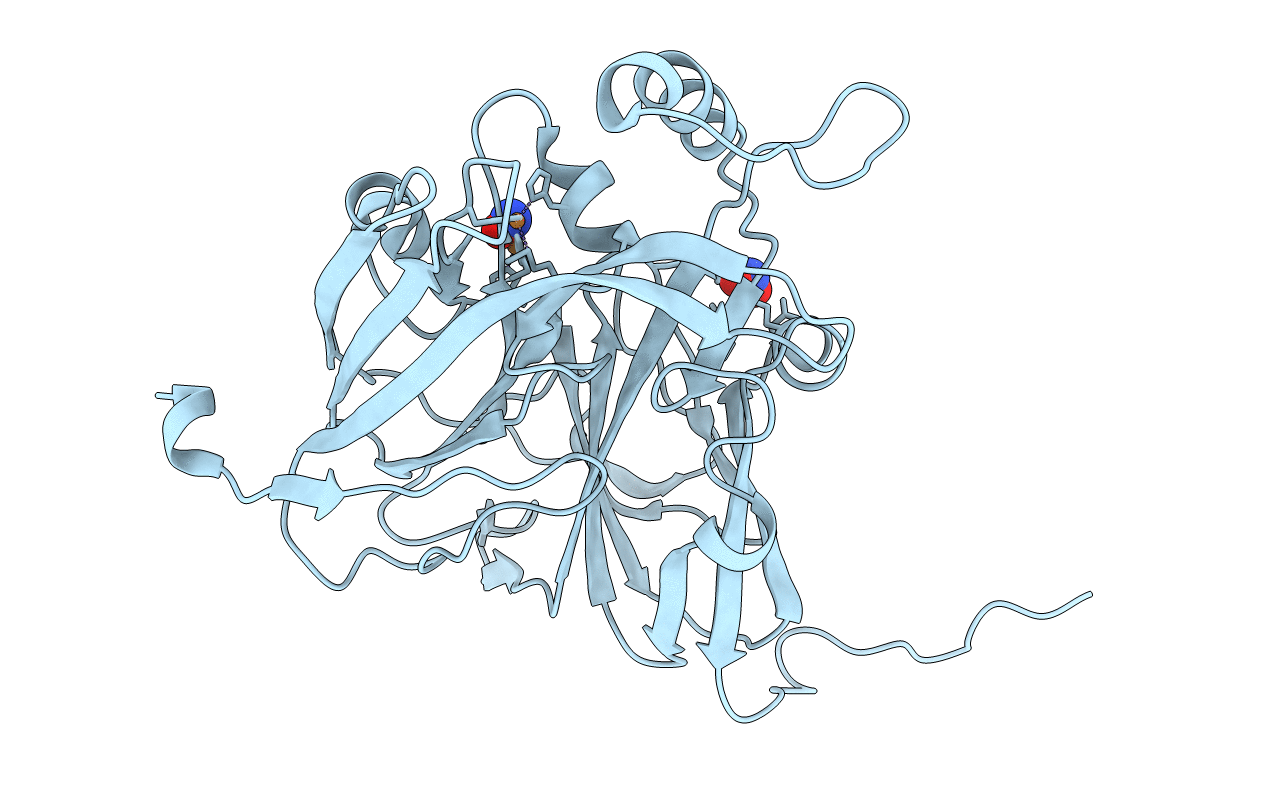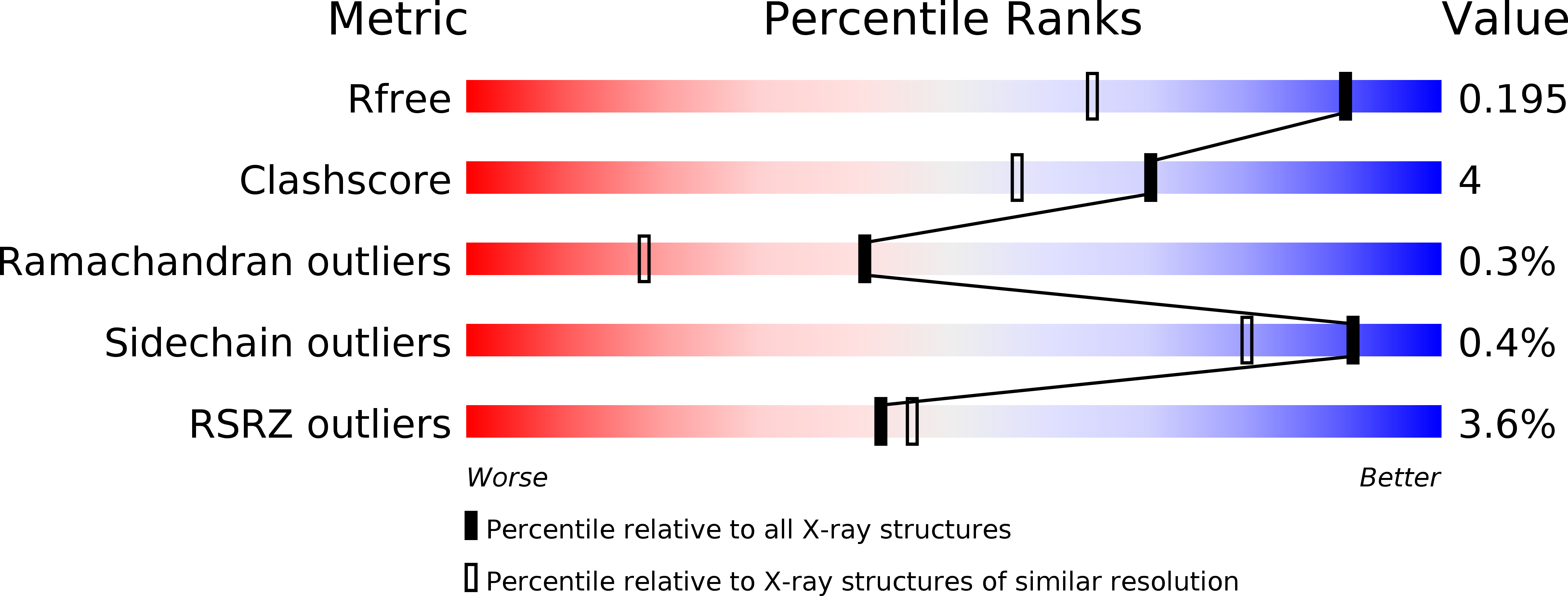
Deposition Date
2016-02-16
Release Date
2016-07-13
Last Version Date
2024-01-10
Entry Detail
PDB ID:
5I6O
Keywords:
Title:
Crystal Structure of Copper Nitrite Reductase at 100K after 20.70 MGy
Biological Source:
Source Organism:
Achromobacter cycloclastes (Taxon ID: 223)
Host Organism:
Method Details:
Experimental Method:
Resolution:
1.45 Å
R-Value Free:
0.19
R-Value Work:
0.17
R-Value Observed:
0.17
Space Group:
P 21 3


